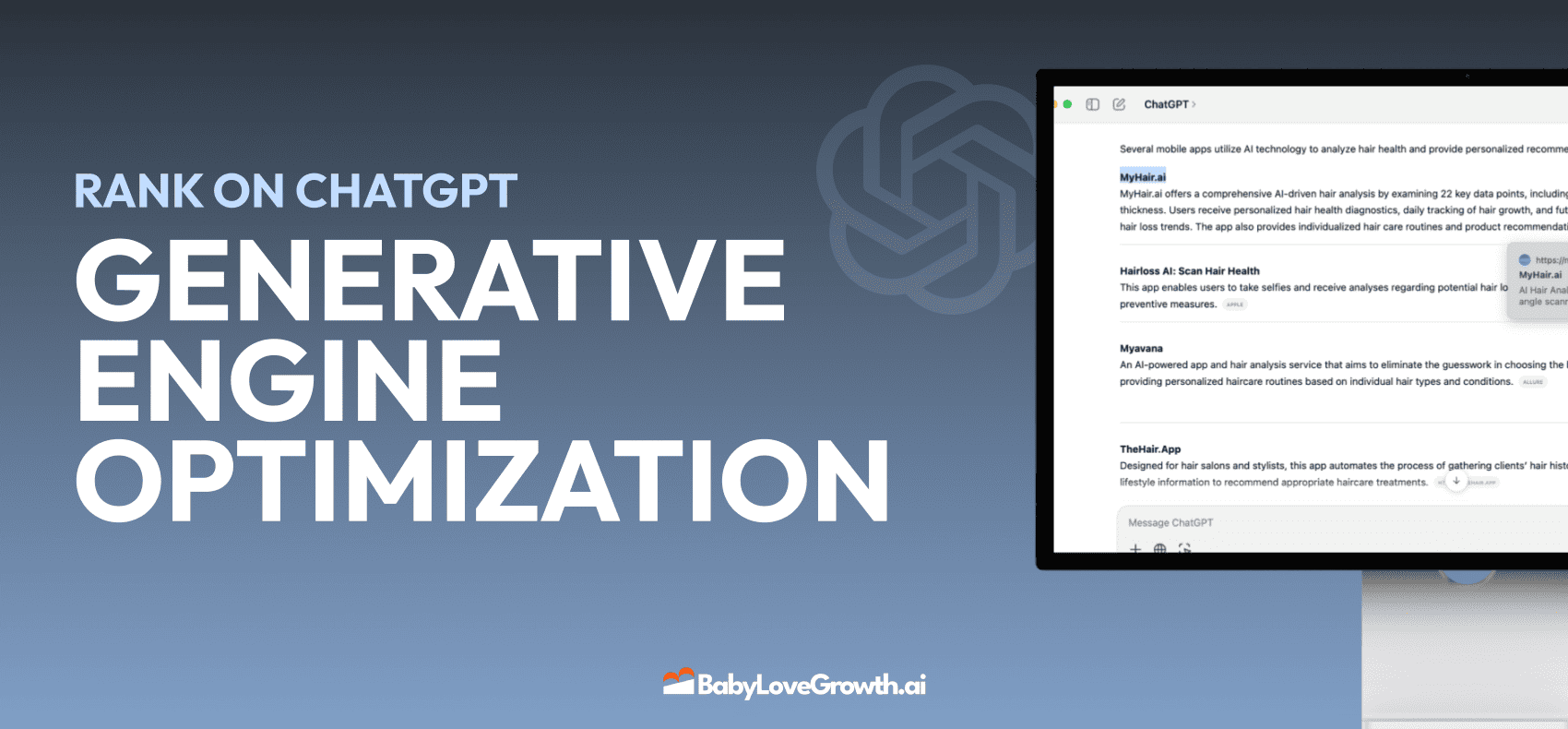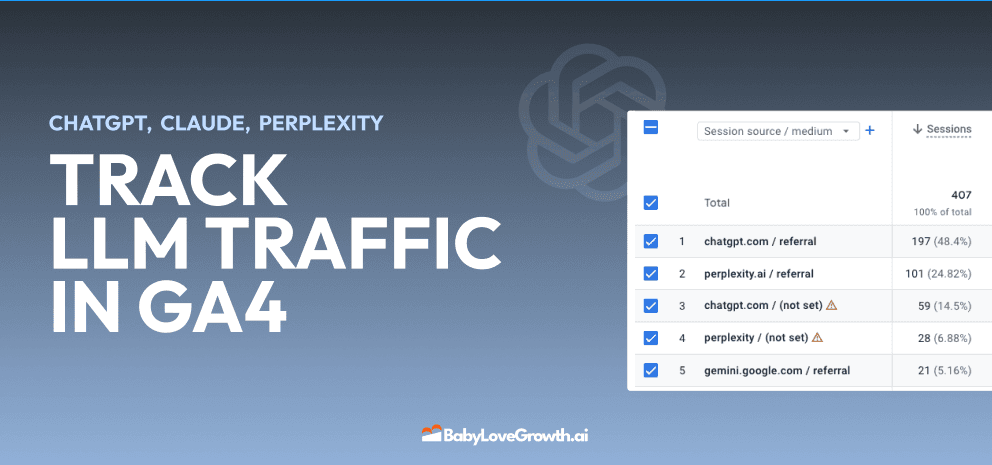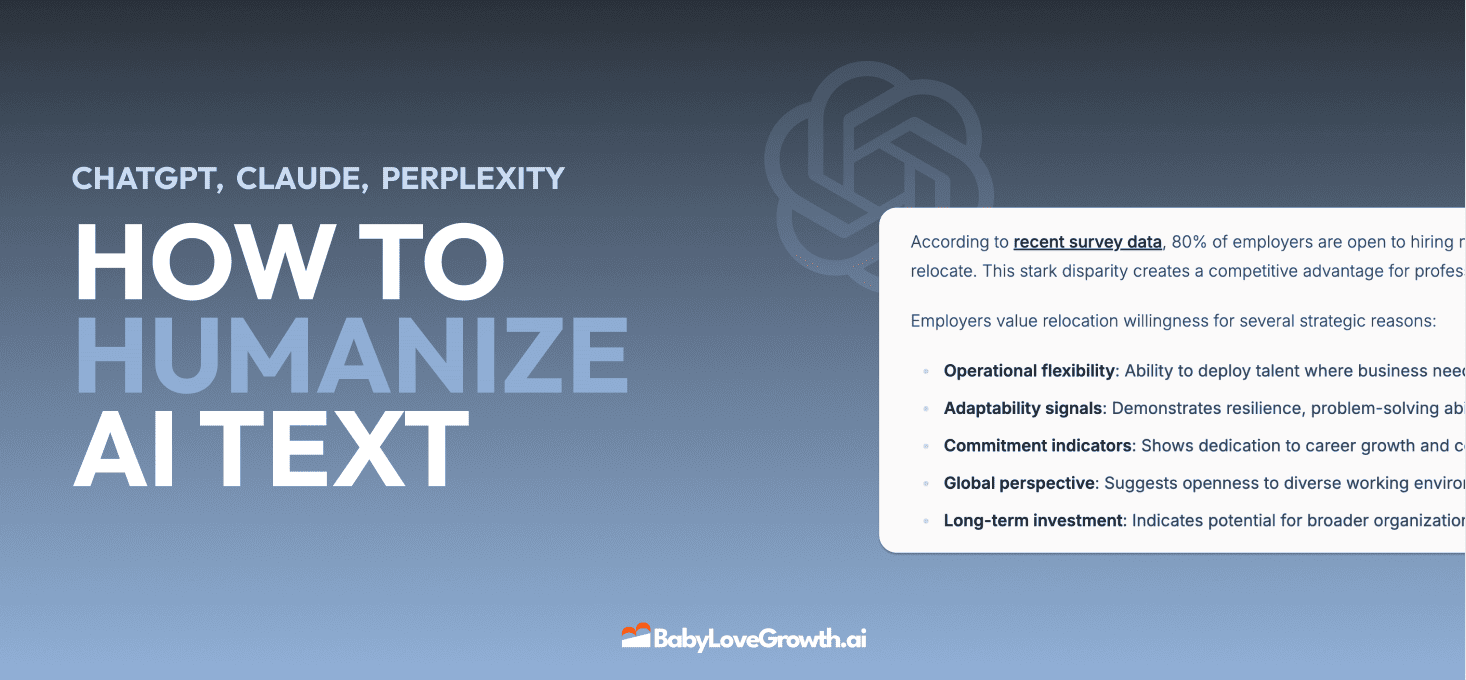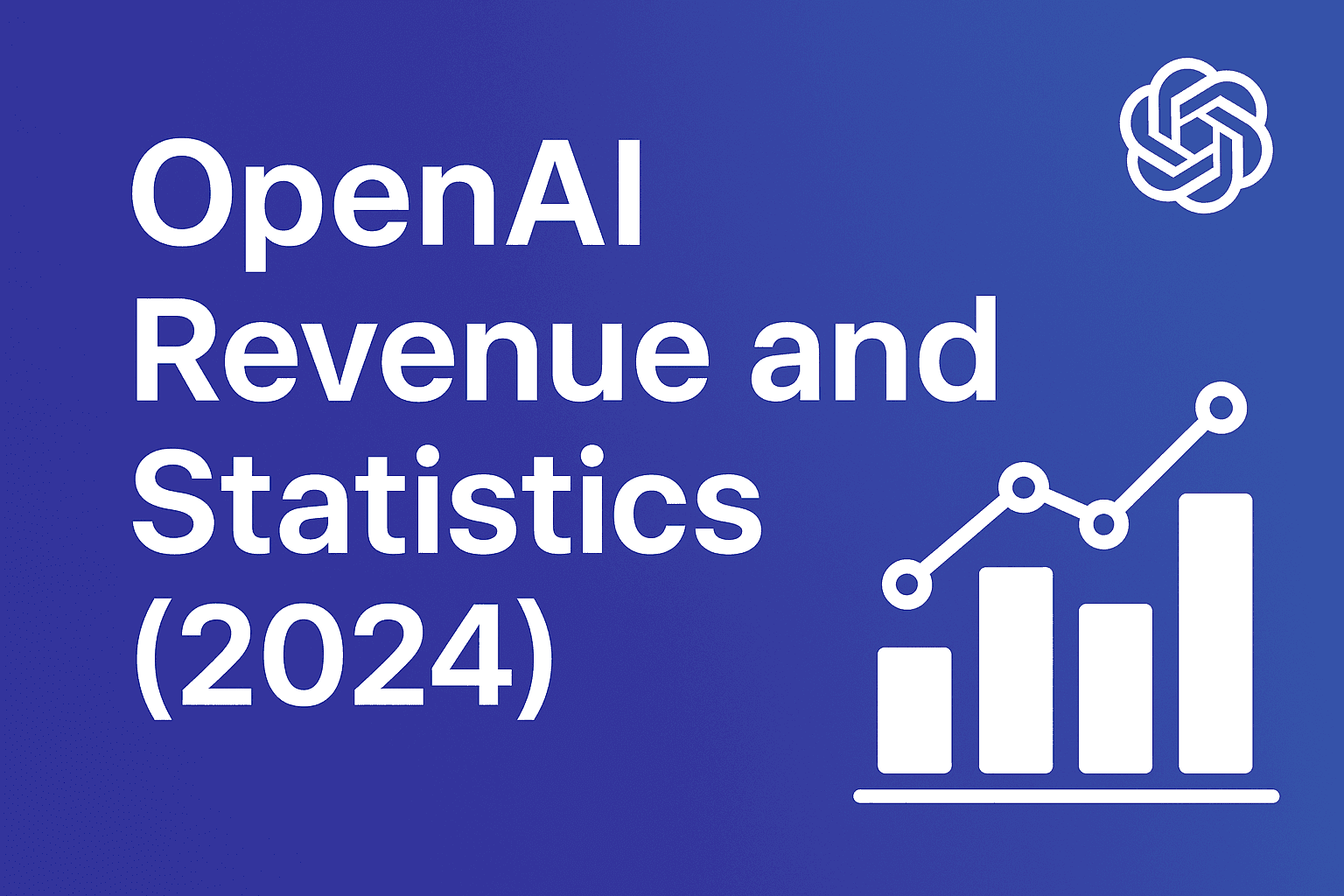What is a Pillar Page? Understanding Pillar Content and Its Importance in SEO

.jpg)
Introduction to Pillar Pages and Their Purpose
Have you ever visited a website that felt like a maze of disjointed content? Yeah, me too. It’s frustrating, right? That’s exactly why I’m excited to dive into pillar pages with you today—they’re the secret weapon for creating order out of content chaos!
So, what is a pillar page, exactly? Think of it as the mothership of content on a specific topic. It’s a comprehensive, authoritative resource that covers a core topic broadly while linking to more detailed content pieces that address specific aspects of that topic. In essence, pillar content acts as the central hub in your content ecosystem.
I remember when I first heard about pillar pages from a HubSpot webinar (yes, what is a pillar page HubSpot was literally my first Google search). The concept clicked immediately: instead of creating random blog posts hoping they’ll rank, why not build a strategic content architecture?
The purpose of a pillar article goes beyond just SEO, though that’s a major benefit. These comprehensive guides help visitors find everything they need in one place, establishing your expertise and authority in your industry. Whether you call them pillar blog posts, pillar posts, or simply pillar pages, they serve as the foundation of topic clusters that signal to search engines that you’re a credible source on a particular subject.
Stick with me as we explore this game-changing content strategy that’s revolutionizing how we approach SEO and content marketing!
Key Takeaways
| Key Point | Details |
| Definition of a Pillar Page | A pillar page is a comprehensive resource on a broad topic linking to detailed cluster content, serving as the foundation of your content strategy. |
| Strategic Importance | Pillar content is not just for SEO but also establishes authority and improves user experience by providing a one-stop resource. |
| Content Structure | Effective pillar pages use a hierarchical structure with interlinked content to enhance SEO and visibility, making them easier for search engines to crawl. |
| Comprehensive Coverage | A solid pillar article typically ranges from 2,000 to 5,000 words, addressing major questions and providing substantial value for readers. |
What is a Pillar Page? The Definition and Meaning

Let’s get straight to the point: what is a pillar page? I like to think of it as the content equivalent of a skyscraper’s foundation—it supports everything built upon it.
Technically speaking, a pillar page is a comprehensive, authoritative content piece that covers all aspects of a broad topic in depth. The pillar page meaning extends beyond just being a long-form article; it’s strategically designed to be the definitive resource on a particular subject that your audience cares about.
When I first started creating pillar content, I thought it was just another buzzword. Boy, was I wrong! Unlike regular blog posts that might cover narrow topics, pillar articles are expansive, typically ranging from 2,000 to 5,000 words or more. They answer the big questions and provide substantial value.
As content strategist Liz Moorehead explains, “A pillar article serves as your content cornerstone. It’s not just about length—it’s about comprehensive coverage that positions you as the go-to authority on a subject.”

The beauty of understanding what is pillar content lies in recognizing its dual purpose: it serves both your audience and search engines. For readers, it’s a one-stop resource. For Google, it signals topical authority and creates a logical site structure that’s easier to crawl and index.
Think of your pillar blog post as the parent topic, with cluster content (which we’ll discuss later) as the children topics that support and link back to the main pillar. This relationship is what makes pillar pages so powerful for SEO pillar strategies.
Pillar Content Explained: What is Pillar Content and How It Works
Okay, so now that we know what a pillar page is, let’s drill deeper into what is pillar content and how this whole system actually works in practice. Think of me as your friendly content architect here to demystify this concept!
Pillar content isn’t just a standalone page—it’s part of a strategic content ecosystem. When I first implemented pillar blog posts for my clients, I explained it this way: imagine your content as a solar system. Your pillar article is the sun, and all your related blog posts are planets orbiting around it, connected through hyperlinks.
Here’s how the magic happens:
-
You create one substantial pillar page that broadly covers a core topic important to your business
-
You develop numerous “cluster” content pieces that explore specific aspects of that topic in detail
-
You interlink everything—cluster content links to the pillar, and the pillar links to the clusters
This structure creates what content strategists call “topic clusters.” As SEO expert Rand Fishkin puts it, “Pillar content isn’t just about length—it’s about creating a comprehensive resource that signals to search engines you’re an authority on the topic.”
What makes seo pillar content so effective is that it aligns perfectly with how modern search engines evaluate content. Google’s algorithms now prioritize topical authority and contextual relevance over keyword density. By organizing content into pillar-and-cluster models, you’re essentially creating a roadmap that helps search engines understand the breadth and depth of your expertise.
The first time I saw pillar content examples working in real time, the traffic increase was remarkable. A client’s organic sessions jumped 83% within three months of implementing their first pillar blog posts!
Best Practices for Creating Effective Pillar Pages
Now that we understand what pillar pages are, let’s talk about how to create ones that actually work. I’ve learned these pillar pages best practices through plenty of trial and error (and yes, some face-palm moments along the way).
First things first: topic selection is crucial. When deciding what is a pillar page topic worthy of your time, choose something broad enough to spawn multiple cluster pieces, but specific enough to establish authority. For instance, instead of “Digital Marketing” (too broad), or “Instagram Story Dimensions” (too narrow), consider “Instagram Marketing Strategy” as your pillar content.
Planning Your Pillar Content
Before writing a single word, I always create a comprehensive outline. Learning how to write a pillar blog post starts with mapping out all subtopics and questions your audience might have. As content strategist Ann Handley advises, “Start with questions your customers are actually asking, not what you think they should be asking.”
When it comes to structure, pillar articles should include:
-
A clear introduction explaining what readers will learn
-
A table of contents for easy navigation
-
Comprehensive headings that break down major subtopics
-
Visual elements like images, charts, and videos
-
Internal links to relevant cluster content
-
External links to authoritative sources
I’ve found that the most successful seo pillar pages share one key quality: they’re genuinely useful resources, not just SEO plays. As you explore how to write pillar content, remember that user experience trumps keyword stuffing every time.
Finally, make sure your pillar blog posts are scannable and well-organized. Most readers will skim first, then dive deeper into sections relevant to their specific questions. Make it easy for them!
How to Write a Pillar Blog Post: Step-by-Step Guide
I still remember the first time I sat down to create a pillar article. I stared at my blank screen thinking, “Okay, I know what a pillar page is conceptually, but how do I actually write one?” If you’re feeling the same way, don’t worry—I’ve got your back!
Here’s my real-world, no-fluff guide on how to write a pillar blog post that actually performs:
1. Select Your North Star Topic
First, identify a core topic that’s:
-
Central to your business offerings
-
Something your audience genuinely cares about
-
Broad enough to cover extensively (and that can link to 20+ cluster pieces)
-
Has decent search volume
I use tools like Ahrefs or SEMrush to validate my topic’s search potential before committing to it as my pillar content.
2. Conduct Comprehensive Research
Before writing any pillar blog posts, I spend at least twice as long researching as I do writing. This includes:
-
Analyzing top-ranking content for this topic
-
Identifying all relevant subtopics and questions
-
Collecting data, statistics, and expert insights
-
Studying pillar post examples from industry leaders
3. Create an Exhaustive Outline
Success with seo pillar content comes from organization. I create detailed outlines that map out:
-
Every major section and subsection
-
Key points to cover in each
-
Places to naturally include relevant keywords
-
Opportunities for internal/external linking
4. Write, But Make It Skimmable
When writing pillar articles, I follow this structure:
-
Compelling introduction explaining the value readers will get
-
Clear table of contents
-
Logically organized sections with descriptive H2s and H3s
-
Short paragraphs and plenty of bullet points
-
Conclusion that summarizes key takeaways
Remember, you’re writing a resource that could be 3,000+ words. Nobody’s reading that in one sitting, so make it easy to navigate!
Examples of Pillar Articles and Pillar Blog Posts
I’ve found that understanding what is a pillar page becomes crystal clear when you see some stellar examples in action. Let me walk you through some of my favorite pillar content examples that nail the concept and might inspire your own approach.
HubSpot’s Definitive Guide to Instagram Marketing
When people ask me what is a pillar page HubSpot style, I immediately point them to HubSpot’s Instagram Marketing guide. It’s a textbook example of effective pillar content that:
-
Comprehensively covers Instagram marketing from basics to advanced tactics
-
Links to numerous cluster content pieces on specific Instagram features
-
Includes actionable templates and tools
-
Gets regularly updated to stay relevant
This pillar article works because it serves as the ultimate resource while directing traffic to more specific posts about Instagram analytics, content calendars, and algorithm changes.
Moz’s Beginner’s Guide to SEO
When researching examples of pillar articles, Moz’s SEO guide frequently tops the list—and for good reason. This pillar post example has been driving massive traffic and establishing authority for years. It’s essentially the 10x pillar page that other SEO content aspires to be—meaning it’s 10 times better than anything else out there.
What makes it special is how it breaks down a complex topic into digestible chapters while still maintaining incredible depth. Each chapter could stand alone as a blog post, but together they form a comprehensive pillar blog post.
Buffer’s Complete Guide to Social Media Marketing
I love using Buffer’s guide as an example when explaining what are pillar posts to clients. They masterfully cover the entire landscape of social media marketing while naturally incorporating links to their more specific blog posts about individual platforms and tactics.
These real-world pillar content examples show that the best pillar articles don’t just check SEO boxes—they genuinely solve problems for readers while showcasing the brand’s expertise.
The Role of Pillar Pages in SEO: Enhancing Visibility and Traffic
When I first discovered the concept of pillar pages, I was skeptical about their SEO impact. Fast forward a few successful campaigns, and I’m now a total convert to the seo pillar approach. Let me share why these comprehensive content pieces are such powerful tools for search visibility.
First, let’s address a fundamental shift in how search engines work. Google’s algorithms have evolved from focusing on individual keywords to understanding topics and user intent. This is exactly where pillar content shines! By creating extensive resources that thoroughly cover a subject, you’re directly aligning with how modern search engines evaluate content quality.
“Pillar pages signal to search engines that you’re an authority on a topic, not just a random website using keywords,” explains search expert Lily Ray. “They create topical relevance that’s crucial for today’s SEO.”
Here’s how pillar blog posts specifically enhance your SEO performance:
Improved Site Architecture
By organizing content into clear topic clusters with pillar articles at the center, you create an intuitive site structure that’s easier for search engines to crawl and understand. This organization helps search engines recognize the relationship between your content pieces.
Enhanced Internal Linking
The natural linking between your pillar post and cluster content distributes link equity throughout your site, boosting the ranking potential of multiple pages simultaneously.
Increased Dwell Time
Comprehensive pillar content keeps visitors on your site longer as they explore your expertly crafted resource. This increased engagement signals to Google that your content provides value, potentially improving rankings.
Reduced Keyword Cannibalization
Before I understood what is pillar pages, I had multiple blog posts competing for the same keywords. By implementing proper pillar content, you create a hierarchy that prevents your content from competing with itself.
The results speak for themselves: clients who implement structured pillar blog posts typically see organic traffic increases of 30-50% within six months.
Conclusion: The Value of Pillar Pages in Your Content Strategy
Well folks, we’ve taken quite the journey through the world of pillar pages, haven’t we? From understanding what is a pillar page to exploring how to write pillar content, we’ve covered considerable ground. Now, let’s wrap things up and reflect on why these content powerhouses deserve a place in your strategy.
I remember when I first implemented a pillar content approach for my own blog. The transformation wasn’t overnight, but within three months, I saw a 42% increase in organic traffic and significantly improved rankings for keywords I’d been chasing for years. That’s when I truly understood the value of pillar articles beyond just the theoretical benefits.
The beauty of pillar pages lies in their dual service: they satisfy both search engines and actual humans. While traditional SEO often forces you to choose between optimization and readability, pillar blog posts elegantly bridge that gap by organizing information in a way that makes sense to both algorithms and readers.
As content marketers, we’re constantly fighting content fragmentation and topic overlap. Having a clear pillar page strategy eliminates these issues by giving each piece of content a specific purpose within your larger content ecosystem.
“The most successful content strategies I’ve seen all incorporate some version of the pillar post model,” notes content strategist Andy Crestodina. “It’s about creating that definitive resource that answers the big question so thoroughly that it becomes the natural choice for both readers and search engines.”
So, if you’ve been wondering what are pillar posts and whether they’re worth the effort—the answer is a resounding yes. In a digital landscape cluttered with superficial content, these comprehensive guides stand out as beacons of expertise that attract both traffic and trust.
Now it’s your turn to create that 10x pillar page that will transform your content from random blog posts into a strategic, interconnected system that drives sustainable growth. Your audience (and your analytics) will thank you!
Frequently Asked Questions
What is a pillar page in SEO?
A pillar page is a comprehensive, authoritative content piece that covers a broad topic in depth and links to related cluster content, establishing a strong content structure and improving SEO.
How do I create an effective pillar page?
To create an effective pillar page, choose a relevant broad topic, conduct thorough research, develop a comprehensive outline, and structure the content to include links to related cluster posts while ensuring it’s user-friendly and engaging.
Why are pillar pages important for SEO?
Pillar pages are important for SEO because they improve site architecture, enhance internal linking, increase dwell time, and prevent keyword cannibalization, helping to boost overall search visibility and rankings.
How long should a pillar page be?
A pillar page typically ranges from 2,000 to 5,000 words, offering comprehensive coverage of a topic to provide substantial value and establish authority in the subject matter.
Unlock Your Content’s Potential with Baby Love Growth AI!
Have you ever felt overwhelmed trying to connect the dots between your articles and effective SEO strategies? Creating pillar pages can be a game changer, but developing comprehensive, authoritative content that meets both user needs and search engine expectations can be daunting.
Imagine transforming your website into an engaging hub of information, effortlessly linking audiences to all the essential information they crave.

With Baby Love Growth AI, you can:
-
Simplify keyword discovery: Uncover the right terms prospects are searching for so your pillar pages shine.
-
Master keyword clustering: Organize your content strategy and maintain topical relevance for easier navigation and enhanced user experience.
-
Generate compelling content: Our AI-driven solutions help you craft those comprehensive articles that not only capture attention but also rank high in search results.
Don’t let your competitors outrank you—start harnessing the power of AI today at Baby Love Growth AI.** Take the first step toward creating impactful pillar pages that resonate with readers and elevate your brand’s authority now!**
Recommended Articles
BabyLoveGrowth | The #1 Ranked AI Writer for SEO BabyLoveGrowth | The #1 Ranked AI Writer for SEO BabyLoveGrowth | The #1 Ranked AI Writer for SEO BabyLoveGrowth | The #1 Ranked AI Writer for SEO BabyLoveGrowth | The #1 Ranked AI Writer for SEOSmart SEO,
Faster Growth!
Most Read Articles

Generative Engine Optimization (GEO)
Learn how Generative Engine Optimization (GEO) helps your content rank in AI search engines like ChatGPT and Google AI. This comprehensive guide explains the differences between SEO and GEO, why it matters for your business, and practical steps to implement GEO strategies for better visibility in AI-generated responses.

Track LLM Traffic in Google Analytics 4 (GA4)
Learn how to track and analyze traffic from AI sources like ChatGPT, Claude, Perplexity, and Google Gemini in Google Analytics 4. This step-by-step guide shows you how to set up custom filters to monitor AI-driven traffic and make data-driven decisions for your content strategy.

How to Humanize AI Text with Instructions
Learn practical techniques to make AI-generated content sound more natural and human. This guide covers active voice, direct addressing, concise writing, and other proven strategies to transform robotic text into engaging content.

Open AI Revenue and Statistics (2024)
Comprehensive analysis of OpenAI financial performance, user engagement, and market position in 2023. Discover key statistics including $20B valuation, $1B projected revenue, and 100M+ monthly active users.